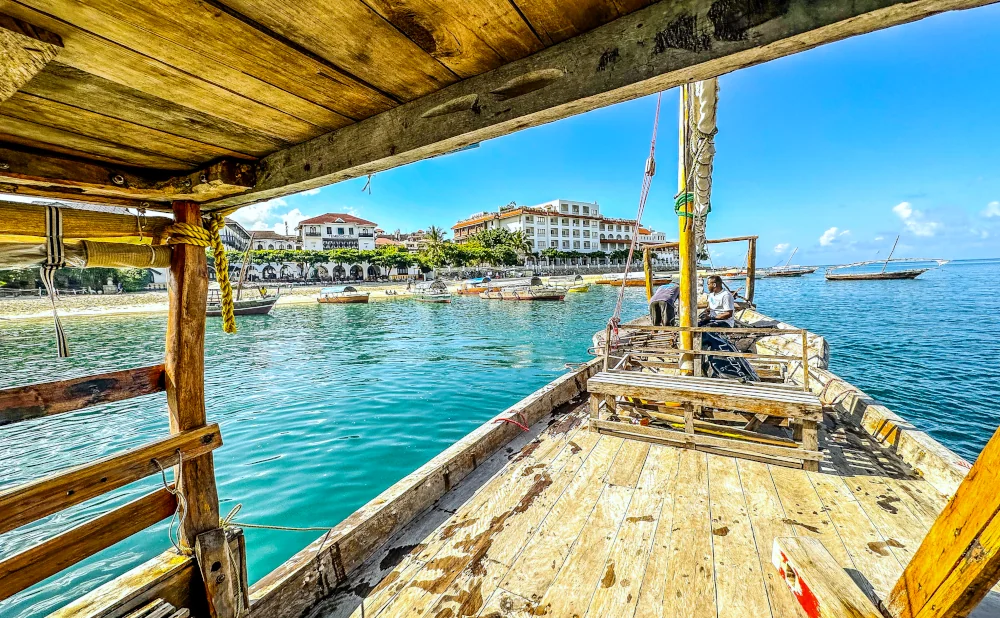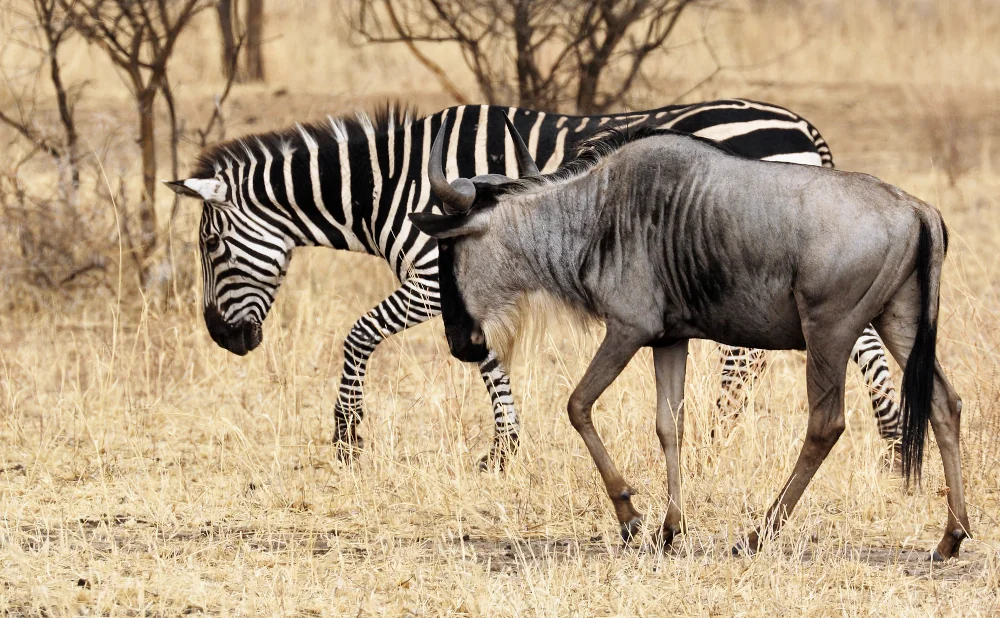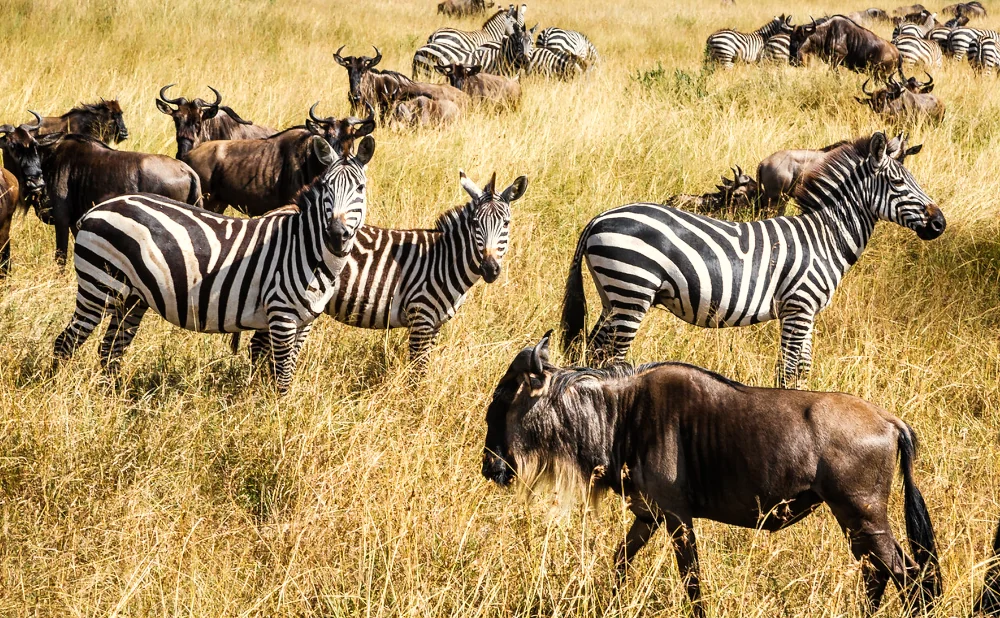golden with mount kilimanjaro in africa
Mount Kilimanjaro, standing majestically in Tanzania, is the tallest mountain in Africa and a beacon for adventurers from all over the world. Famous for its breathtaking views and diverse ecosystems, it offers a unique opportunity for both seasoned climbers and beginners alike. In this article, we will explore the allure of Mount Kilimanjaro and why it should be on your bucket list.
The Majesty of African Mountains
Mountains in Africa are not just geographical features; they are cultural icons and symbols of the continent's natural beauty. Among these, Mount Kilimanjaro stands out not only because of its height but also its unique presence in the African landscape.
A Closer Look at Mount Kilimanjaro
Mount Kilimanjaro is a dormant volcano composed of three distinct volcanic cones: Kibo, Mawenzi, and Shira. Kibo is the highest peak, rising to 5,895 meters (19,341 feet) above sea level, making it the highest free-standing mountain in the world.
Kilimanjaro’s snow-capped peaks, despite being situated near the equator, are a result of its significant elevation. The mountain is a part of the Kilimanjaro National Park, a UNESCO World Heritage site, attracting trekkers, botanists, and nature lovers alike.
Mount Kilimanjaro on the Africa Map
When you look at a map of Africa, Mount Kilimanjaro is located in northeastern Tanzania, near the Kenyan border. This strategic location makes it accessible from various parts of the continent, enhancing its appeal as a travel destination.
The Routes to the Summit
Several routes lead to the summit of Kilimanjaro, each offering different experiences and challenges. The most popular routes include:
- Marangu Route: Known as the "Coca-Cola route," it is considered the easiest path and offers hut accommodations.
- Machame Route: Dubbed the "Whiskey route," it is more challenging and scenic, passing through varied ecosystems.
- Lemosho Route: A newer route, known for its stunning vistas and lower crowd levels.
- Rongai Route: Approaches the mountain from the north and is less crowded, offering a unique perspective.
Each route provides a different adventure, catering to different levels of experience and time availability.
The Climb: What to Expect
Climbing Mount Kilimanjaro is a journey through diverse ecosystems, from tropical rainforests to arctic conditions at the summit. This transition is part of what makes the climb so alluring.
Preparation is Key
Preparing for a climb up Kilimanjaro involves physical training, acquiring the right gear, and acclimatizing to the altitude. Many climbers start training months in advance, focusing on cardiovascular fitness, strength, and endurance.
Wildlife and Flora
The ascent offers encounters with unique wildlife and flora. The lower slopes are home to elephants, leopards, and buffalo, while higher up, you can find unique plant species adapted to the harsh climate.
The Local Culture and Community
The Chagga people, who live on the mountain's slopes, have a rich culture and are integral to the Kilimanjaro climbing experience. They often work as guides and porters, sharing their knowledge and ensuring the safety and success of climbers.
Sustainable Tourism
Responsible tourism practices are crucial to preserving Mount Kilimanjaro's natural environment. Many tour operators emphasize eco-friendly practices and encourage climbers to minimize their impact on the mountain.
Why Climb Mount Kilimanjaro?
Climbing Kilimanjaro is not just about reaching the summit; it's about the journey. It offers a chance to challenge oneself, experience nature's beauty, and connect with people from around the world.
Personal Achievement
For many, standing at the "Roof of Africa" is a personal achievement and a testament to their perseverance and determination.
Raising Awareness
Some climbers use their ascent to raise awareness and funds for various causes, leveraging the mountain's fame to make a difference.
Tips for a Successful Climb
- Choose the Right Season: The best times to climb are during the dry seasons, from January to March and June to October.
- Hire a Reputable Guide: A knowledgeable guide can enhance your experience and ensure your safety.
- Take Your Time: Acclimatization is crucial, so it's important to take the climb slowly to reduce the risk of altitude sickness.
Conclusion
Mount Kilimanjaro is more than just a mountain; it's a symbol of adventure, endurance, and natural beauty. Whether you're an experienced climber or a first-time trekker, Kilimanjaro offers an unforgettable experience that will leave you with a sense of accomplishment and a deeper appreciation for the wonders of Africa.
With its towering heights, diverse ecosystems, and vibrant cultural backdrop, climbing Mount Kilimanjaro is truly a golden adventure waiting to be embraced. Whether you're standing at the summit or exploring the lush foothills, the memories you create here will be cherished for a lifetime.
So, if you're seeking an adventure that combines physical challenge with breathtaking beauty, Mount Kilimanjaro is calling your name. Prepare well, set your sights on the summit, and embark on a journey that will transform your perspective and enrich your soul.











